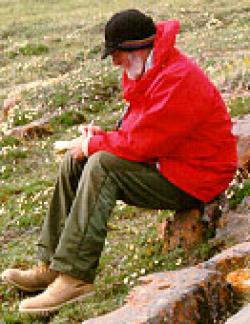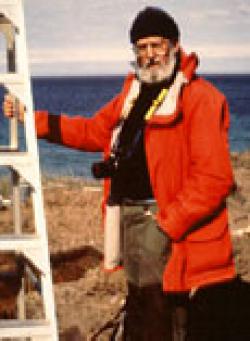


Bill Taylor was born in Toronto, Ontario and educated at the Universities of Toronto, Illinois and Michigan. He has been actively involved in Canadian archaeology for the past 42 years. His main contributions to archaeological scholarship have come from his work in Arctic Canada, where he has directed field projects from northern Quebec to the High Arctic islands, and westward to the coasts of the Beaufort Sea. The lasting interest in this work is shown by the two full-day sessions which were devoted to discussing Arctic problems at this meeting. Of equal importance to Canadian archaeology have been his administrative contributions, as Arctic Archaeologist and Chief Archaeologist at the National Museum of Canada (1956-1967); as Director of the National Museum of Man (1967-1983); and as President of the Social Sciences and Research Council (1982-1988). Aside from these positions, Bill has served on numerous influential committees relating to archaeology, Arctic research and Canadian studies. He has been honoured with Fellowships in the Royal Society of Canada, the Royal Geographical Society of Great Britan, the American Anthropological Association, and numerous other prestigious societies. Among his many honours, we ask that he accept the Smith-Wintemberg Award of the Canadian Archaeological Association.
Jane Kelley
President,
Canadian Archaeological Association
Acknowledgements
My thanks to Robert McGhee for providing information on the career of Bill Taylor.
the first photograph (taken at the Cahiagué site BdGv-1) was provided by John Reid from the Department of Anthropology, University of Toronto, Toronto. The second photograph was taken by Jean-Luc Pilon at the Clinton Point site (Bill is actually taking notes!!) on Amundsen Gulf and the third by David Link at the Pearce Point site, also on Amundsen Gulf.
previously published in the Canadian Journal of Archaeology 17:3–4, 1993.
